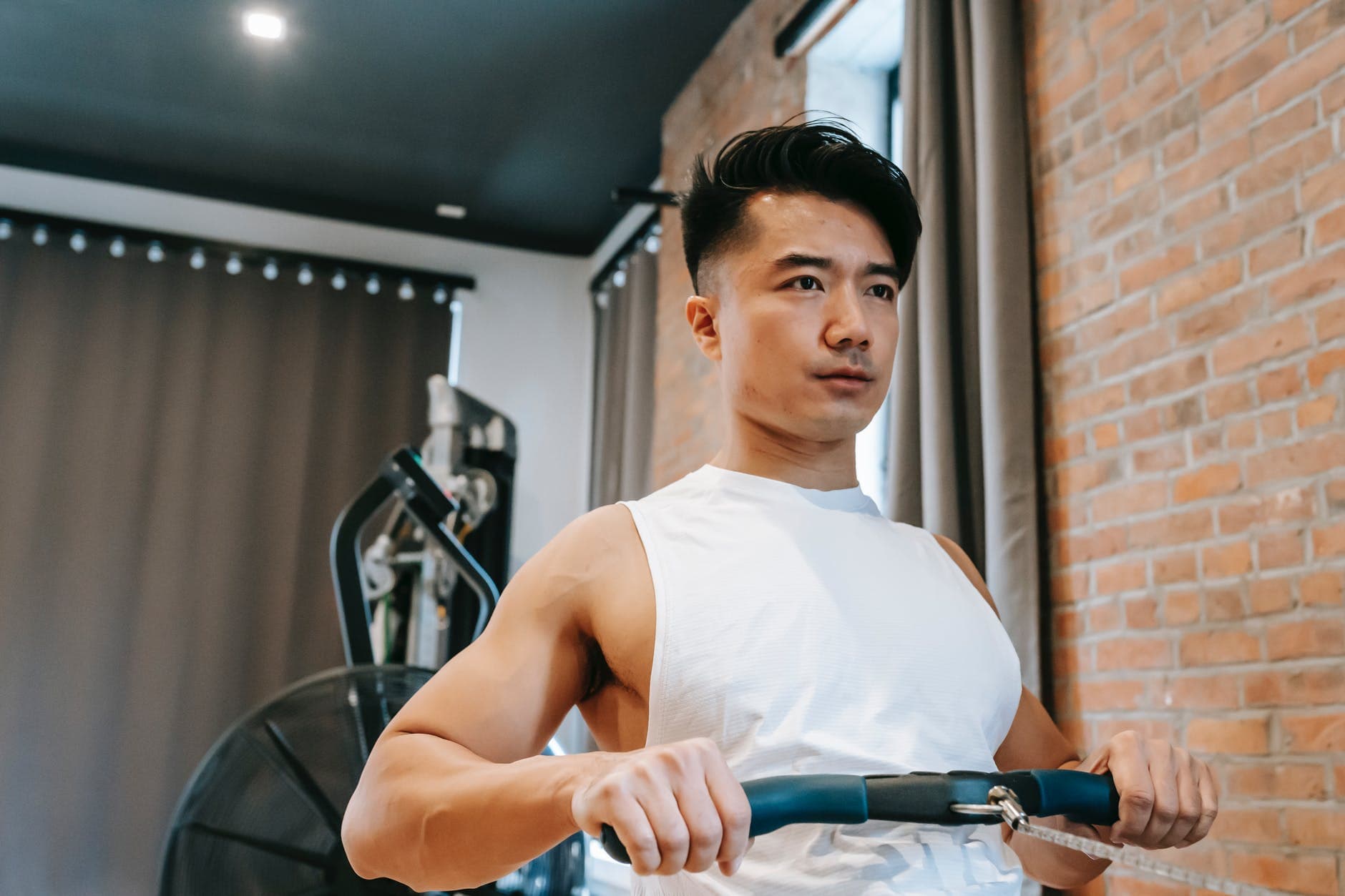
You might not have seen a rowing machine in your local fitness center a few years ago….if there was one! It was probably pushed to the side in the cardio area, or in a corner by the television. However, rowing machines are becoming more and more popular – and you might even see rows of them in the gym now.
While we might think of rowing as an upper body exercise, it really targets the whole body – and that’s just one of the many benefits of this movement and can help explain the growing popularity. Thankfully, you don’t need to be an expert on rowing on water in order to utilize a rowing machine….which is great news, seeing as how it can pack a powerful cardiovascular and strength punch.
Rowing Benefits
Along with being a full body exercise, rowing is also a low-impact workout – and this means just about anyone is able to do it, and even modified if necessary. Versatility is key with a rowing machine; it can be used to complete a hearty cardiovascular workout. You can use it as an interval piece with other exercises like bodyweight movements, or you can even hop on and row as an active recovery piece. Regardless of your ultimate workout goals and aspirations, the rowing machine is certainly not one to be overlooked when it comes to programming both strength and endurance.
When you first get on a rowing machine, the movement can be a bit tricky – even though it might not look like it is if you’re watching someone else row! Several body areas are working in tandem to move appropriately, so some practice to get the flow right might be necessary.
One of the biggest qualms that people have with a rowing machine is if it moves across the floor as you workout – although this doesn’t happen to everyone, or even every time you row. Certain things are happening for the rower to move as you exercise, and there are a few factors you can double check in order to stop the movement.
You might notice the most movement in your rower (and subsequently, be scooting across the fitness floor) if you’re pulling really hard on the handle; this in turn can make the rower start bouncing with each pull, and decrease the effectiveness of the row. Thankfully, there are some key things to pay attention to – let’s check them out!
Tips to Keep the Rower From Moving
For one, ensure you have proper form and technique while rowing. The big pulls that typically move the rower are caused by being hunched over forward while getting ready to pull- a big no no that puts excessive strain on your back. Instead, try and maintain a neutral spine as you sit on the rower – this will help the proper muscles engage, as will hinging from the hips instead of hunching forward.
Another big no-no is that as you pull, you tend to push through the toes to straighten the legs and get the handlebar back. Instead, drive through your heels as you pull backward. This allows the power to come from the strong, large muscle groups within the legs.
Lastly, the resistance level is another factor in having your rowing machine scoot across the ground as you row. Suppose you’re pairing poor technique with a resistance level that is far too difficult for your current training abilities. In that case, you risk injury (and you risk moving your rower by forcefully trying to row a heavy resistance). In this case, start low and slow! There’s nothing wrong with starting at a lower resistance – even at a 2 or a 3 – to get your form and technique correct before moving onto a higher resistance. A solid workout can be achieved on a lighter resistance, so start light and move your way up as needed – and so your rower won’t be moving across the floor at the same time.
